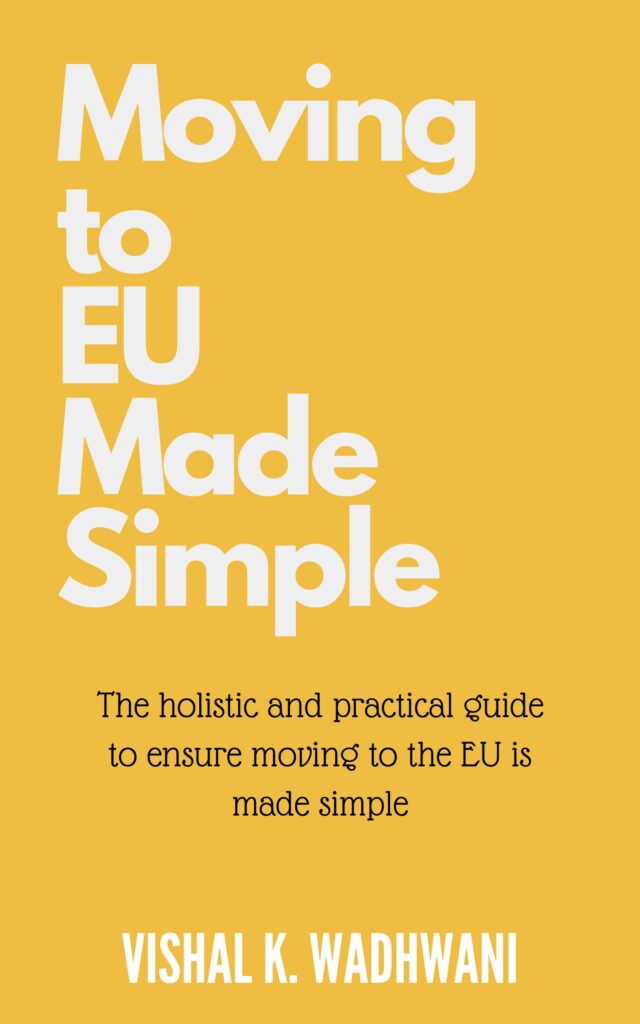Comprehensive Guide to Childcare and Maternity Leave in Europe
Understanding childcare and maternity leave policies across Europe is essential for parents, employers, and policymakers. Europe is known for its progressive approach to family welfare, offering various benefits that support child development and parental well-being. This article provides an in-depth look at childcare options and maternity leave regulations in different European countries, highlighting key insights, benefits, and comparisons.
Overview of Childcare in Europe
Childcare in Europe is a multifaceted system ranging from public daycare centers to private childcare providers. Governments invest heavily in early childhood education to ensure high-quality care and development. Access to affordable childcare remains a priority, especially for working parents seeking a balance between career and family.
Types of Childcare Services
- Public Daycare Centers: Widely available and often subsidized, these centers provide structured learning environments.
- Private Nurseries and Childminders: These offer more flexible hours but may come at a higher cost.
- Family Care: Informal care by relatives or nannies, common in some regions.
Childcare Accessibility and Affordability
Many European countries prioritize affordable childcare to enable parents, especially mothers, to return to work. Subsidies and sliding scale fees based on income are common. Nordic countries such as Sweden and Denmark are leaders in providing universally accessible childcare services backed by strong government support.
Maternity Leave Policies Across Europe
Maternity leave policies vary significantly across European nations, but most share the goal of supporting mothers during pregnancy and after childbirth. These policies include paid leave, job protection, and sometimes paternity leave as well.
Duration and Payment of Maternity Leave
Europe offers some of the most generous maternity leave policies globally. The length of leave can range from 14 weeks to over a year, with payment levels varying:
- Sweden: Up to 480 days of parental leave shared between parents, with ~80% of salary paid for the majority of the period.
- Germany: 14 weeks of maternity leave with full pay, plus parental leave options.
- France: 16 weeks paid maternity leave, increasing with multiple births.
- United Kingdom: 52 weeks of maternity leave, with 39 weeks paid at varying rates.
Parental Leave and Paternity Leave
Many European countries encourage shared parental responsibilities by offering paternity leave and parental leave options. This not only supports gender equality but also ensures child bonding and care.
- Norway: Offers paternal leave of 15 weeks, with a total parental leave of 49 weeks at full pay.
- Italy: Fathers are entitled to at least 10 days of paternity leave.
Impact of Childcare and Maternity Leave on Families and Work
Accessible childcare and supportive maternity leave policies have a positive impact on family life and workforce participation. Parents experience reduced stress and improved work-life balance, while employers benefit from increased employee loyalty and productivity.
Gender Equality and Economic Benefits
These policies promote gender equality by enabling women to stay engaged in their careers and encouraging men to participate actively in child-rearing. Economically, investing in childcare and parental leave leads to higher birth rates and better early childhood outcomes.
Challenges and Future Directions
Despite robust frameworks, challenges remain:
- Disparities in care quality and accessibility between urban and rural areas.
- Financial sustainability of generous leave policies amid economic shifts.
- Need for greater flexibility to accommodate diverse family structures and work patterns.
Future policies will likely focus on enhancing digital childcare solutions, increasing leave flexibility, and further promoting gender-neutral parental benefits.
Conclusion
Europe’s approach to childcare and maternity leave sets a global example of balancing family welfare with economic participation. Understanding the nuances of these policies helps parents make informed decisions and encourages policymakers to build on successful models. 🌍👶💼

Comments are closed